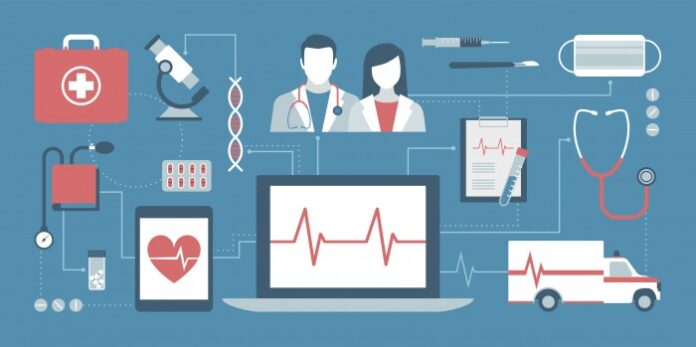By: Agency for Healthcare Research and Quality
Published in Agency for Healthcare Research and Quality
Last Reviewed September 2020
Why use this tool?
- See if you and your staff are meeting patient needs.
- Detect potential barriers for patients with limited literacy skills to comprehending pharmacy information.
- Identify opportunities to improve your customer service.
This tool consists of four parts:
- Part I: Assessment Tour of the Pharmacy.
- Part II: Pharmacy Staff Survey.
- Part III: Guide for Focus Groups With Patients.
- Part IV: Using Assessment Results.
Get started using this tool:
Pharmacy Health Literacy Assessment Tool User’s Guide (PDF, 1.3 MB).
Strategies To Improve Communication Between Staff and Patients: Training Program for Pharmacy Staff
This training program is intended for pharmacy staff members who regularly interact with patients and provide patients with health information. The training program:
- Introduces pharmacists, pharmacy technicians, and other pharmacy staff to the problem of low health literacy.
- Identifies implications of the problem.
- Explains techniques for pharmacy staff members to improve communication with patients who may have limited health literacy skills.
The training program includes: PowerPoint® slides, handouts, and notes for the trainer or presenter.
Get started:
Strategies to Improve Communication Between Pharmacists and Patients: Curriculum Guide (PDF, 250 KB).
Automated Telephone Reminders: A Tool To Help Refill Medicines On Time
An automated telephone reminder system calls patients to remind them to refill their prescriptions and allows patients to order their refills on the phone. These systems can be difficult for patients with limited health literacy to use. This literacy-friendly telephone script is provided for use by pharmacies who want to provide automated refill reminder calls to patients to improve adherence with medication regimens.
Get started:
Guide: Automated Telephone Reminders.
How To Create a Pill Card
Use this guide to find out how you can create an easy-to-use “pill card” for your patients, parents, or anyone you know who has a hard time keeping track of their medicines.
Get started:
How to Create a Pill Card.
Explicit and Standardized Prescription Medicine Instructions
Explicit, standardized instructions improve patients’ understanding, and possibly reduce errors while improving adherence. These tested instructions for pills follow the Universal Medication Schedule (UMS), which simplifies complex medicine regimens by using standard time periods for administration (morning, noon, evening, and bedtime). These instructions have also been translated into Chinese, Korean, Russian, Spanish, and Vietnamese.
Get started:
Explicit and Standardized Prescription Medicine Instructions.
How to Conduct a Postdischarge Followup Phone Call
Calls to patients newly discharged from the hospital are becoming increasingly common. In the randomized control study of the Re-Engineered Discharge (RED), a pharmacist conducted these calls to review medicines, follow-up appointments, and home services. Tool 5 from the RED Toolkit describes how to prepare for and conduct the call, including call script, an example conversation, and a template for documenting the call.
Get started:
How to Conduct a Postdischarge Followup Phone Call
Health literacy tools to improve communication for providers of medication therapy management.
Medication Therapy Management (MTM) is a patient-centric and comprehensive approach to improve medication use, reduce the risk of adverse events, and improve medication adherence. The following health literacy tools can improve communication with MTM patients.
Get started:
Health literacy tools to improve communication for providers of medication therapy management
Source: https://www.ahrq.gov/health-literacy/improve/pharmacy/tools.html#tool
Image: https://patientengagementhit.com/news/new-tool-assesses-teen-patient-health-literacy-in-30-seconds
Comment:
The purpose of sharing this article is that the content provided within each sub-section describes methods that are currently utilized to help minimize the lack of understanding and knowledge between pharmacists and patients, specifically focusing on information regarding prescribed medicines, visit follow-ups, and future appointments. As identified, there is a learning gap between pharmacists and patients when comprehending pharmacy literacy and the, various, above programs and learning tools have been implemented to close such bridge. Whether using visuals, physical, or audio reminders, ensuring patient’s receive the proper care outside of the doctor’s office and beyond the pharmacy counter is equally as important to seek help initially.





Josh, this was a good article on some methods to bridge the gap between pharmacist and patient. I too found some interesting methods myself. It seems that commitment, diligence, and care create a good pharmacist and patient relationship.